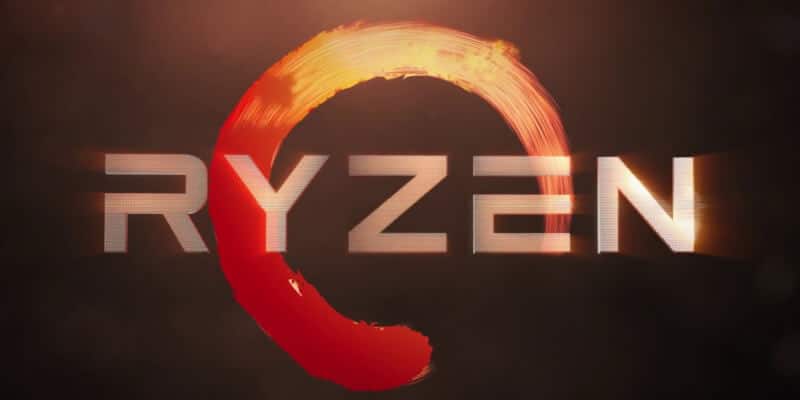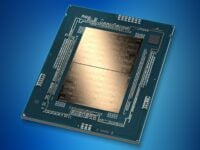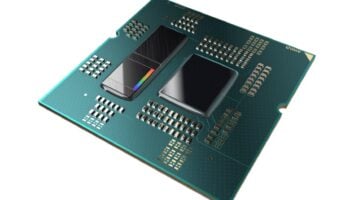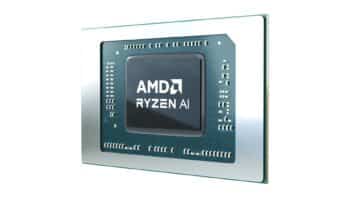Before the Zen-based Ryzen CPUs landed in 2017, AMD was in a very precarious situation, nearly on the verge of bankruptcy. The older “Bulldozer” FX CPUs were slow, inefficient, and overall an architectural disaster. In fact, Ryzen wouldn’t have had the impact it did if not for Bulldozer. Let’s have a look a the differences between the Ryzen and FX “Bulldozer” processors.
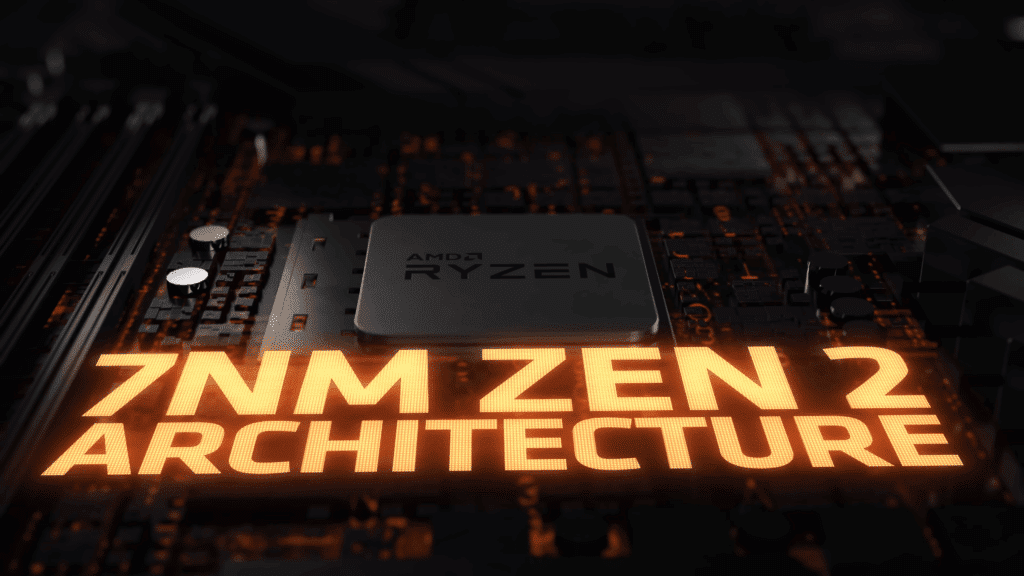
History of AMD CPUs: Bulldozer and the FX Lineup
After the third-gen K10 architecture, AMD due to a lack of funds decided to invest in a narrow, low-IPC, high-clock speed design. Basically, they tried making a CPU architecture with relatively lower single-threaded performance, and a lot of threads. They hoped to offset the former using higher clock speeds and hoped that applications would become increasingly multithreaded.
That, of course, didn’t happen, and the result was the disaster known as the Bulldozer architecture that gave birth to the FX processors. To make this design viable, AMD’s engineers had to increase the core counts as well as clock speeds. This led to a power-hungry CPU architecture that ran hot and didn’t perform anywhere as well as the competing Intel Core chips.
To get a clearer picture of how disadvantaged AMD’s Bulldozer CPUs were, here’s an example: To offer performance in line with the older Phenom II processors, FX needed to have a 40% higher operating speed (on average).
Higher clock speeds require an increased power draw which directly results in higher thermals and throttling. This made the FX processors and the Bulldozer architecture in general, unsuitable for laptops and notebook devices, while core counts higher than 8 were infeasible even for desktop parts.

As you can see in the chart above, the IPC actually fell with the first generation of Bulldozer processors. It took three upgrade cycles to bring it back on par with K10. The company started to move in the right direction with Steamroller and Excavator but hit a roadblock soon after. The design limitations of the Bulldozer architecture prevented AMD’s design team from making further improvements without overhauling the layout. This marked the end of Bulldozer and its derivatives.
Then came the Zen microarchitecture with an aim to rectify the shortcomings of the Bulldozer design, and here we are today, with the Ryzen 5000 lineup based on the 7nm Zen 3 core.
AMD FX vs Ryzen CPUs: Comparing the Bulldozer and Zen Core
Let’s put the two architectures side-by-side and analyze the core difference between the Bulldozer and Zen core. In short, the former had so many bottlenecks it was impossible to make a sound chip without overhauling the entire design. Some of the main limitations were:
- Poor floating-point capabilities
- Shared logic (between two “cores”)
- Higher cache latency and size
- Narrower front-end
- Windows 7 scheduler
Poor Floating Point Capabilities
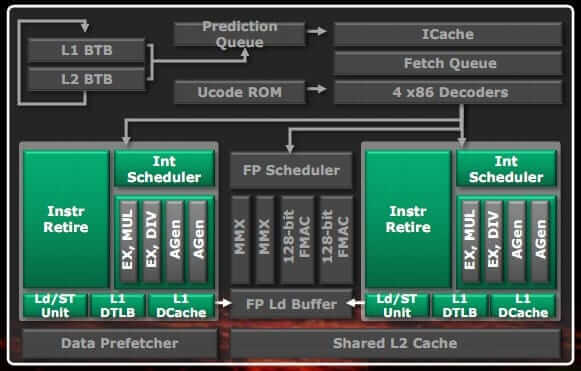
Right off the bat, one of the most disastrous design choices of Bulldozer was the shared logic scheme. There was only one floating-point unit (and scheduler) shared between two supposed cores. On top of that, this FPU couldn’t execute AVX256 (AVX-2) instructions without breaking them into two 128-bit segments. Intel’s Sandy Bridge had a rather robust AVX256 execution model, capable of performing 256-bit multiply + 256-bit add each cycle (per core). AMD’s Bulldozer, on the other hand, had two 128-bit fused multiply-accumulate (FMAC) units shared between two cores. Rather sad, isn’t it?
Sandy Bridge has three ports for executing micro-ops. Each has three EUs for executing data of three different types, namely INT, SIMD INT, and FP. The INT stack is 64-bit wide and handles GPIOs (General-purpose Integer Operations) while the SIMD INT and FP stacks are 128-bit wide. To perform 256-bit AVX operations, the Execution Engine uses the Integer SIMD Unit for the lower 128-bit half and the FP Unit for the upper 128-bit. In this way, Sandy Bridge can perform one 256-bit MUL along with one 256-bit ADD per cycle.

Shared Logic (Between two cores)
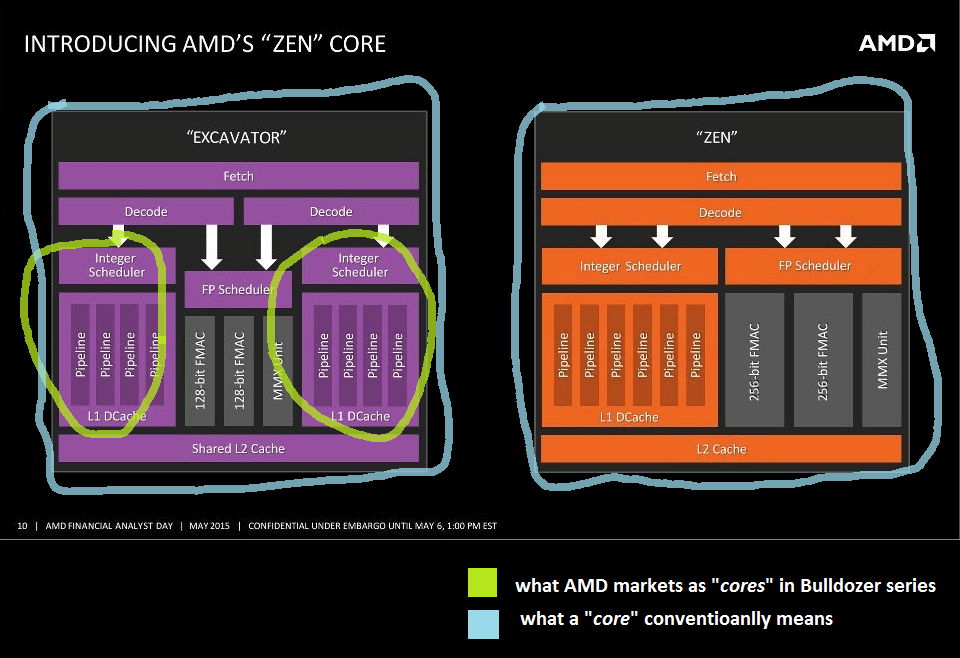
The shared front-end design not only doomed Bulldozer’s floating-point capabilities but the integer compute was also compromised.

As you can see, where Zen can execute four integer micro-ops (plus two address generation), a Bulldozer cluster could only execute half as many. Moreover, it lacks the complexity of the Zen scheduler which can have as many as 56 integer instruction queues and 28 address generation queues.

Higher Cache Latency and Size
Continued on the next page…
